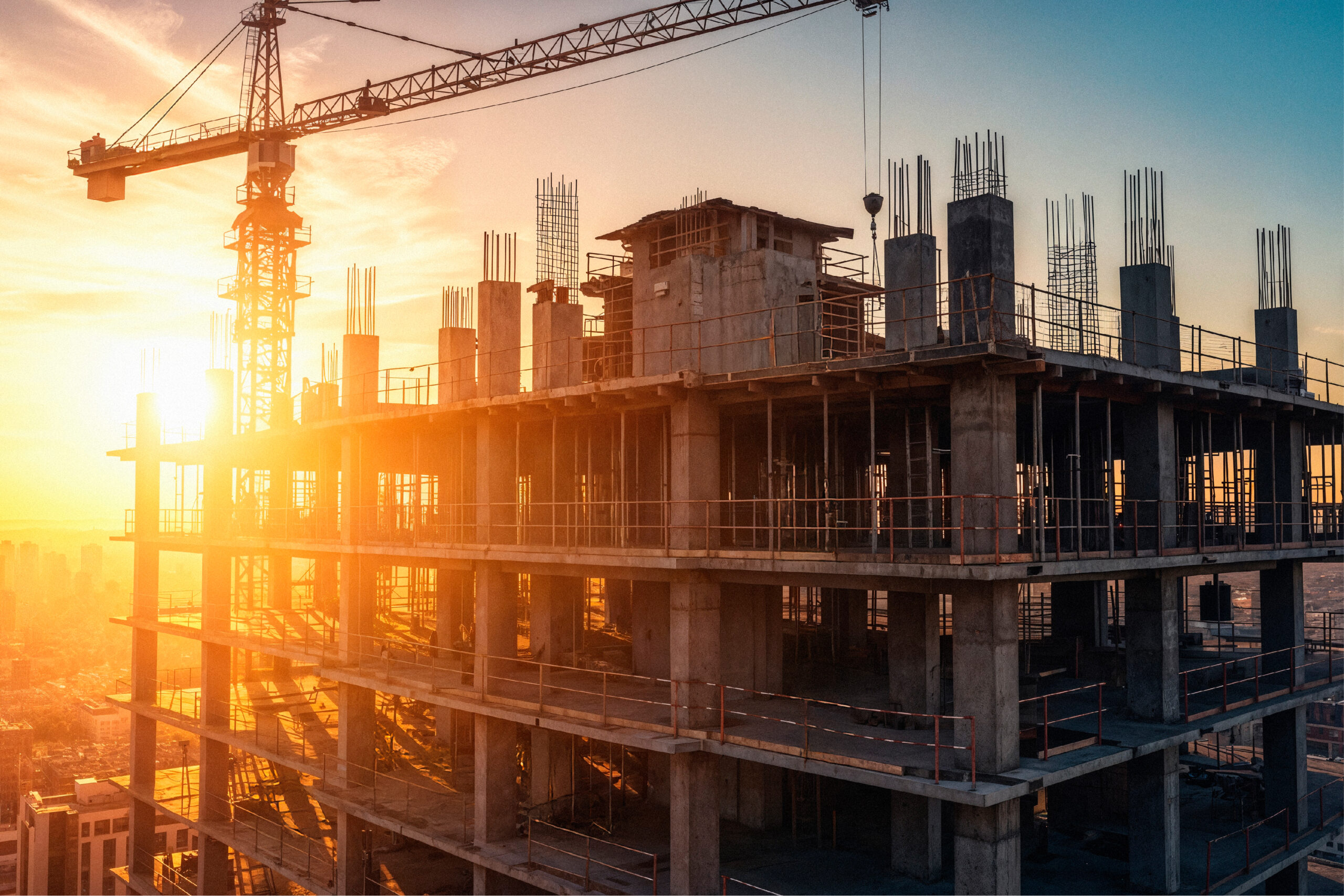
Pune has quietly but convincingly positioned itself as one of India’s most promising luxury housing destinations. Once viewed as a value-for-money alternative to Mumbai, the city is now emerging on the global radar for high-net-worth individuals (HNWIs), NRIs, and institutional investors seeking not just a second home, but a strategic, future-proofed investment.
In 2024, the luxury housing segment in Pune saw a 50% surge in new launches, reflecting a decisive shift in market orientation and buyer behaviour. Of the 644 new projects launched, approximately 22% were in the luxury segment—a remarkable jump from just 4% in 2019 (Gera Pune Residential Realty Report). This sustained momentum is not accidental. It is the result of structural economic shifts, lifestyle redefinitions, and evolving global buyer strategies.
Here are the top five reasons why Pune has emerged as a preferred second investment market for global homebuyers:
1. Robust Liveability and Lifestyle Quotient
Pune consistently ranks among India’s most liveable cities. A cosmopolitan blend of heritage, modernity, and green urban planning has made it an aspirational destination for HNWIs and global citizens alike (Ease of Living Index 2024).
- Strong cultural roots with a growing luxury retail and fine dining scene
- High-quality education, wellness, and healthcare institutions
- Cleaner air, larger plot sizes, and lower population density compared to Mumbai or Bengaluru
The presence of leading IT parks, global capability centres, and R&D hubs ensures not just employment but sustained demand for employment. But beyond quality of life, it’s Pune’s infrastructure ambitions that are rewriting its real estate trajectory..
2. Rapid Infrastructure and Connectivity Growth
Pune’s infrastructural transformation has been both swift and strategic. Mega projects are creating seamless access across key corridors, boosting the luxury residential footprint.
- Pune Metro, new ring roads, and expressways are reducing travel time significantly
- Proximity to Mumbai via expressways and new airport connectivity projects
This physical transformation is directly impacting real estate value creation. Micro-markets like Kharadi Baner, and Hinjawadi are evolving from pure commercial hubs to integrated live-work-invest zones, attracting both investor and end-user capital into luxury projects. This scale of infrastructure development is directly correlating with price premiums in well-connected luxury zones.
3. A Maturing and Expanding Luxury Real Estate Market
Pune’s luxury segment is expanding with conviction. It has matured into a confident, performance-backed segment shaped by both end-user sophistication and developer credibility. The shift in both supply and demand speaks volumes.
- Units launched in the luxury segment grew by 50%, from 5,753 in 2023 to 8,645 in 2024
- The sales volume in luxury grew by 14% YoY, despite broader market corrections—underscoring the resilience and intent behind premium purchases
- Developers are increasingly focusing on design-led communities with advanced automation, wellness zones, and curated amenities, catering to evolved lifestyle expectations (Gera Pune Residential Realty Report)
This maturing demand is being driven by global Indians who are no longer buying homes for symbolic ownership but for legacy planning, lifestyle continuity, and wealth structuring. While the luxury segment is expanding, Pune’s comparative pricing still makes it one of India’s most capital-efficient premium real estate markets.
4. Investor-Friendly Price-to-Value Equation
Pune’s value proposition lies not just in its lower capital costs, but also in its measured appreciation curve and low volatility, making it a smart play for global buyers seeking portfolio balance.
- The average price for luxury homes reached ₹13,027 per sq ft in 2024, compared to Mumbai’s ₹30,000+ for similar-grade inventory (Gera Pune Residential Realty Report, Financial Express)
- Steady rental demand from expats, CXOs, and relocated professionals offers stable yields
- Projects in micro-markets like Baner, Kalyani Nagar, and Hinjawadi-Mahalunge are already witnessing capital appreciation, while remaining accessible to global buyers
- Rental yields in well-managed luxury developments hover around 3.8–4.5%, with demand driven by senior leadership from IT, BFSI, and GCCs (Rustomjee)
With steady capital appreciation, strong end-user demand, and healthy resale potential, Pune offers a market dynamic that continues to draw serious interest from global investors.
5. The Rise of Branded Residences and Global Buyer Confidence
What was once the domain of top-tier metros is now firmly taking root in Pune. The city is experiencing a notable increase in branded residential developments, both in terms of volume and investor interest—positioning itself as an emerging hub for globally aligned luxury living.
- Leading global hospitality and design names are actively entering Pune through alliances with trusted developers, bringing with them internationally benchmarked design, service, and maintenance standards
- These branded offerings are commanding up to 30% price premiums over non-branded peers, driven by enhanced quality, security of delivery, and long-term value assurance
- Landmark projects like Trump Towers Pune and YOO Villas by Panchshil Realty have not only elevated the design quotient but also attracted sustained NRI interest and global capital inflows
For second-home buyers seeking credibility, design assurance, and lifestyle experience, branded homes offer unmatched comfort and long-term confidence.
Pune’s transformation is more than just statistical—it is strategic. For global homebuyers, the city offers a confluence of lifestyle, value, and upward mobility that is rare in today’s real estate landscape. And at SQUAREA, we bring deep market knowledge, investor sensibility, and access to Pune’s most sought-after luxury addresses. Whether you’re looking for a home that complements your global footprint or an investment that outpaces the market, Pune is where both converge.
To explore Pune’s finest luxury residential opportunities, connect with us at hello@squarea.io or call at +91 90 9641 9641.




